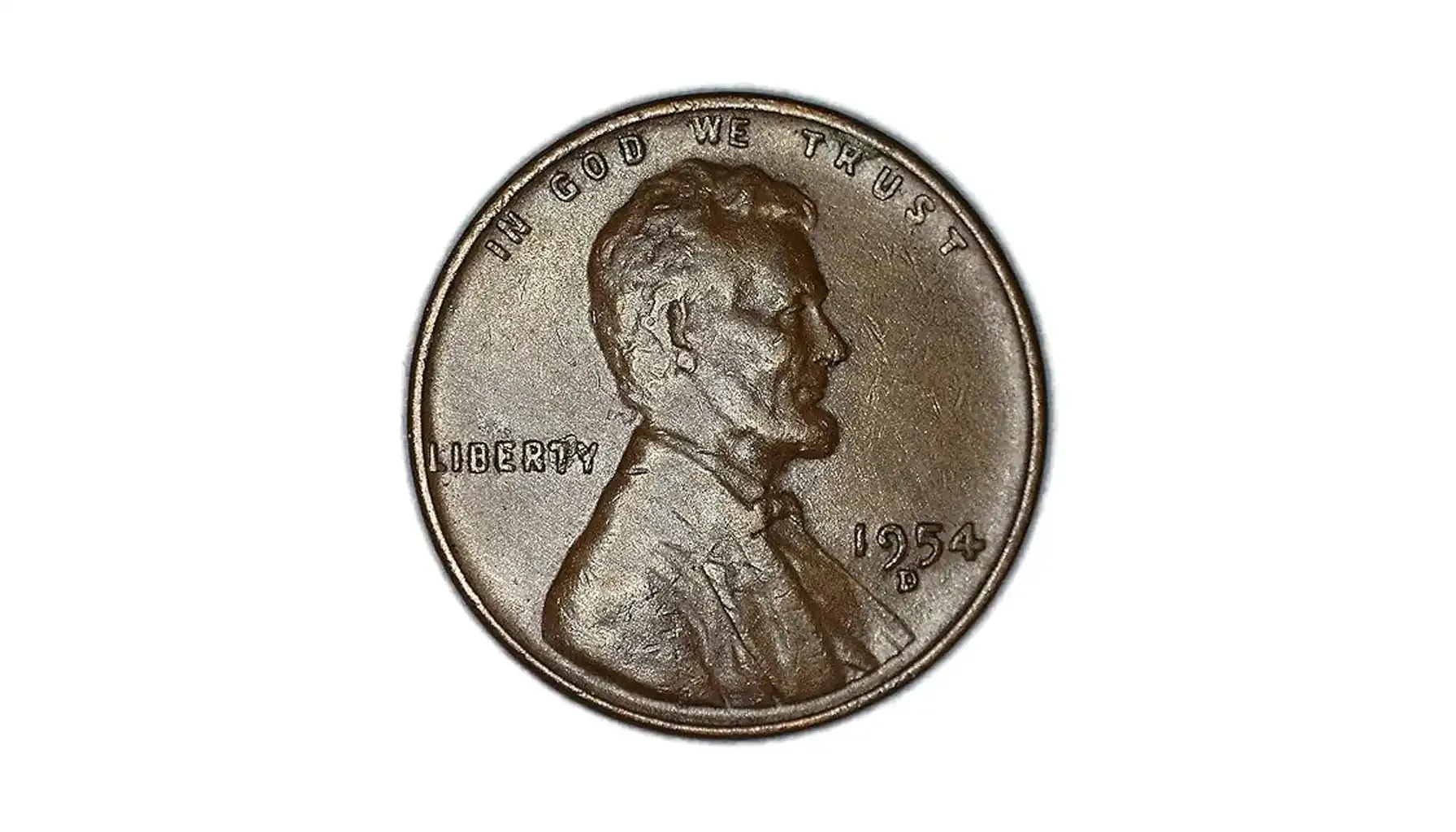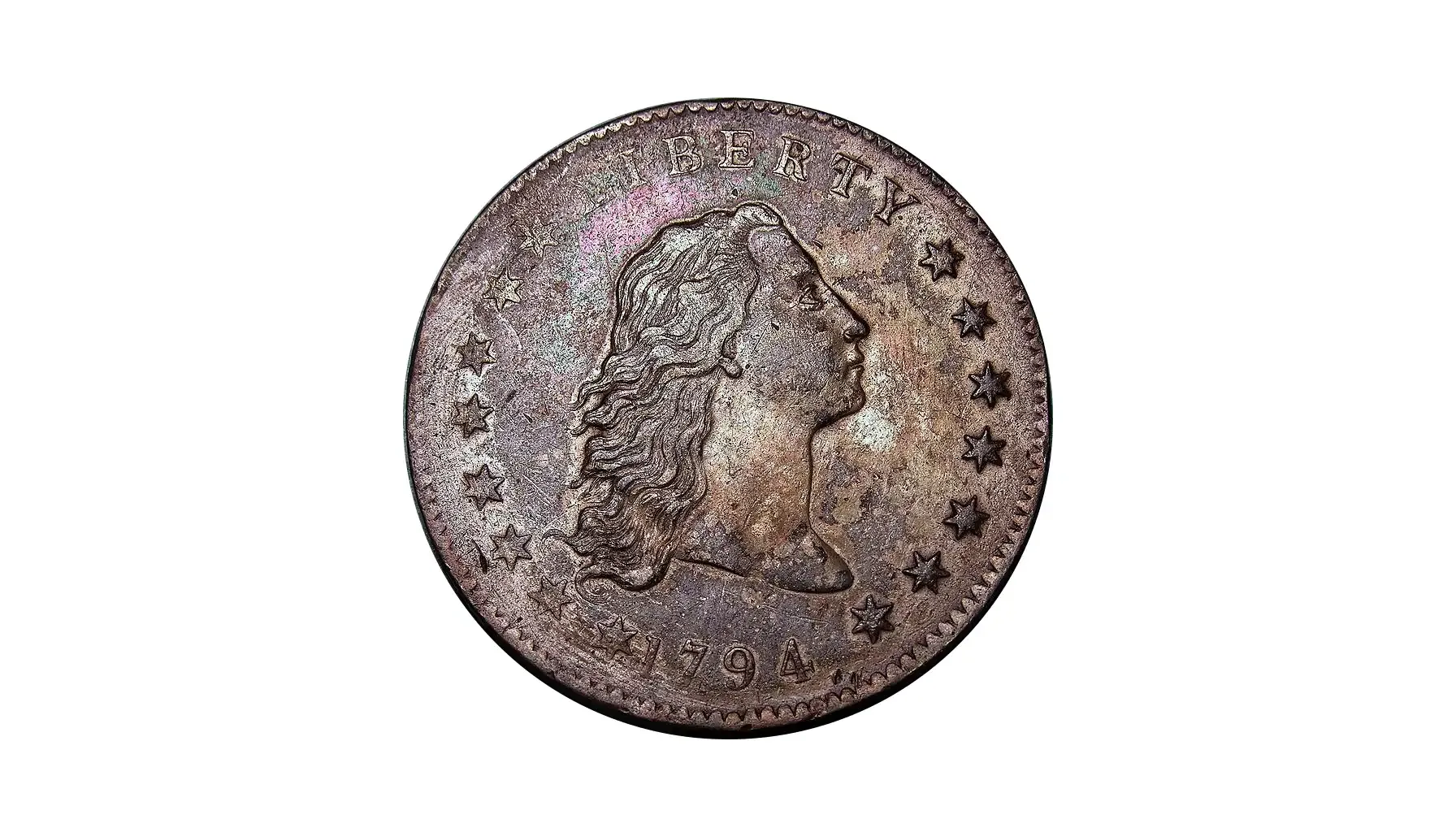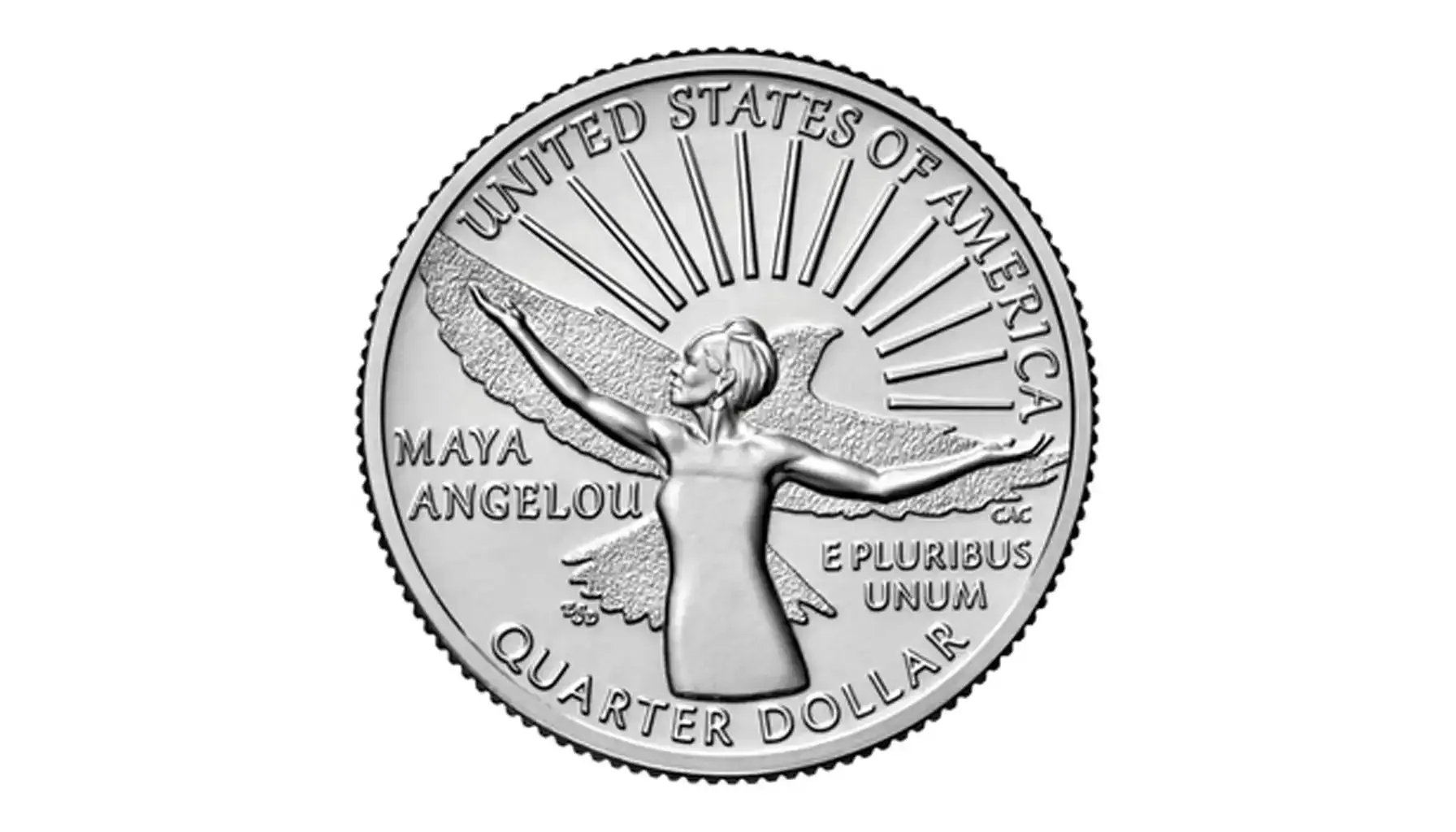Contents:
It was born out of wartime necessity, circulated during Reconstruction and vanished just as quickly as it appeared. Yet, its brief lifespan left behind something special for collectors—an interesting, often undervalued, piece of the 19th century.
Many collectors wonder: "How much is a 2 cent coin worth?" The answer? It depends on condition, rarity, errors and market demand.
Some pieces can be found for as little as $15, but rare varieties, e.g., the 1864 Small Motto or the 1872 issue, can fetch thousands!
If you have an old, reddish-brown 2-cent, buckle up! We will explore the history, varieties, values, errors, an online coin identifier and even selling tips today.
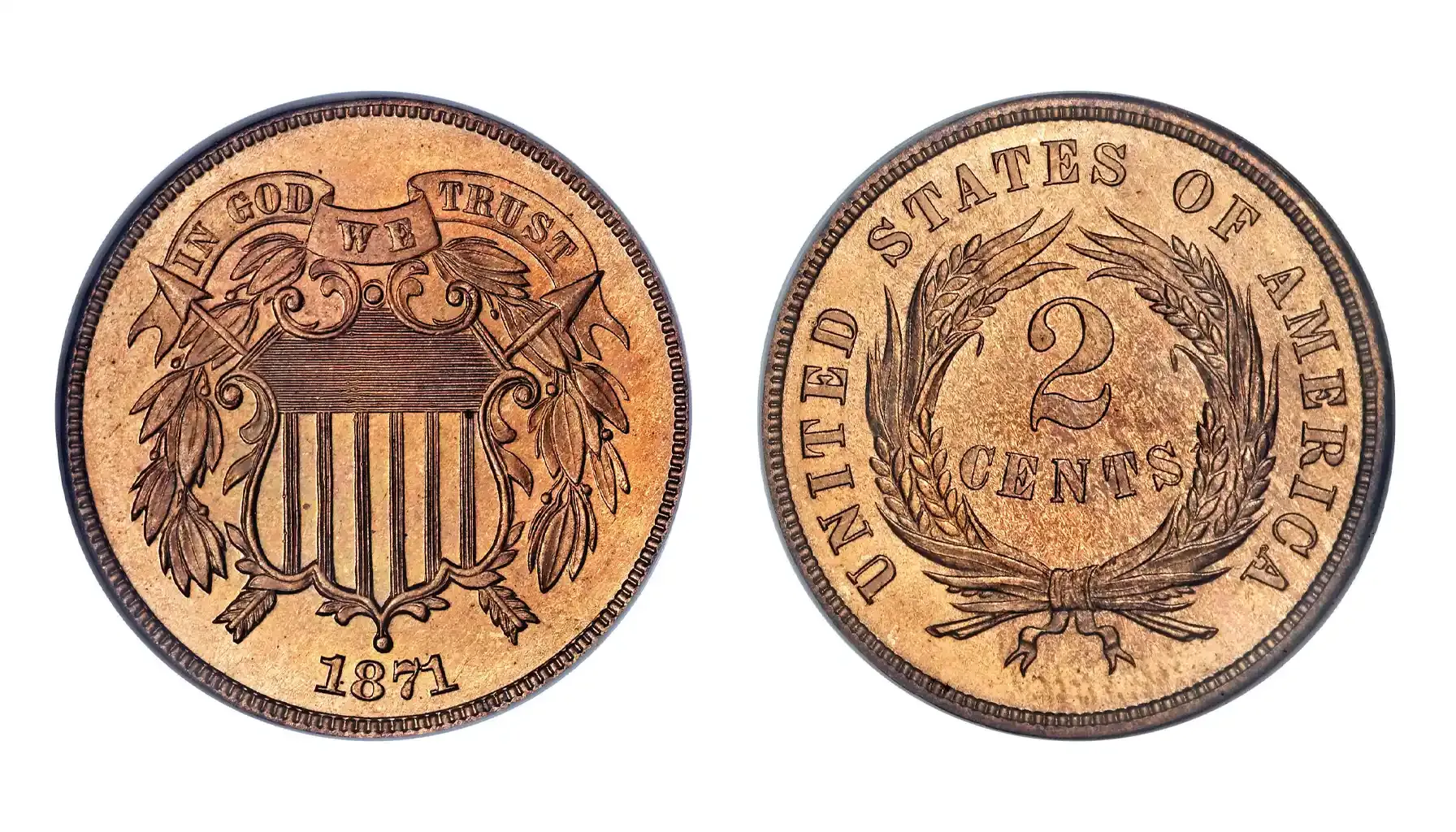
History and Significance
The U.S. Mint produced the 2-cent piece from 1864 to 1873, designed by James B. Longacre. It was a direct response to the chaos of the Civil War, when even the smallest coins—made of silver and gold—were hoarded due to economic uncertainty. In their place, private businesses issued tokens as a substitute for money.
To solve this problem, Congress passed the Coinage Act of 1864, which introduced the bronze cent and the two-cent coin. This new denomination was larger than a penny but smaller than a nickel - a convenient solution to the ongoing coin shortage.
However, as the war ended and new coins like the nickel gained popularity, the 2-cent piece faded into obscurity. By 1873, it was officially discontinued.
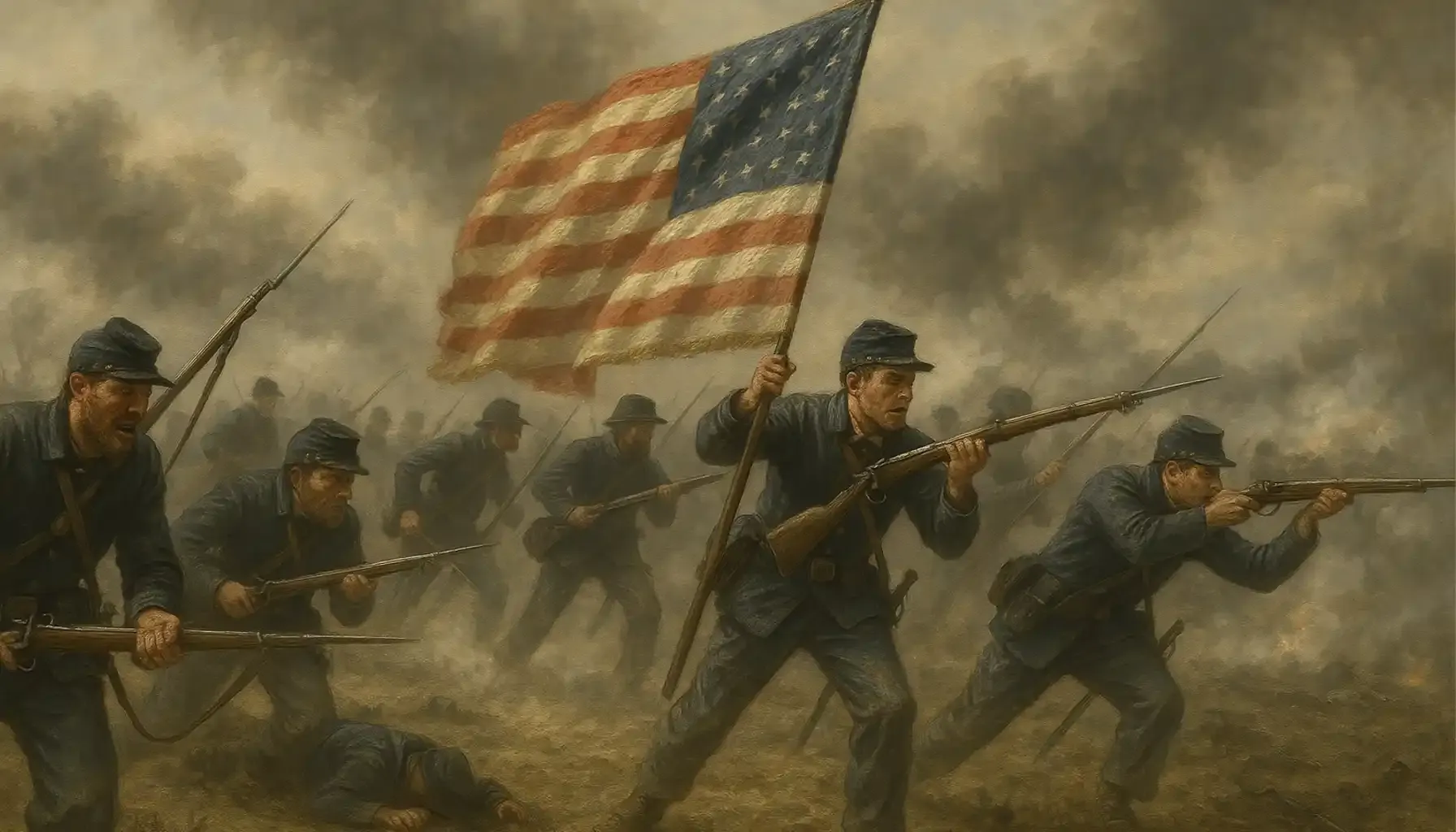
What Is It Exactly?
Feature | Description |
Designer | James B. Longacre |
Composition | 95% Copper, 5% Tin and Zinc |
Weight | 6.22 grams |
Diameter | 23 millimeters |
Edge | Plain |
Obverse | Shield with a ribbon above reading "IN GOD WE TRUST" |
Reverse | Denomination "2 CENTS" encircled by a wheat wreath |
First Year | 1864 (Large & Small Motto varieties) |
Last Year | 1873 (Proof only) |
Mint Marks | None – All were struck in Philadelphia |
Interesting: The 2-cent piece was the first U.S. coin to bear "IN GOD WE TRUST", a motto inspired by the Civil War.
Related article: Mexican Coins.
Mintmarks: What You Need to Know
One of the most unique features of the U.S. 2 cent is that it has no mintmarks—every single piece was struck at the Philadelphia Mint. This makes it one of the few 19th-century U.S. coins without branch mint varieties.
Why No Mintmarks?
Philadelphia was the only mint producing 2-cent coins. Unlike other denominations such as silver dollars or gold pieces, which were often struck in multiple locations, the Philadelphia Mint handled the entire production of the 2-cent coin from 1864 to 1873.
The lack of a mintmark simplifies collecting. Unlike those from later periods that have different values based on their mint origin (e.g., "S" for San Francisco, "D" for Denver), the 2-cent series is collected mainly by date and variety, not mint location.
Other mints focused on different priorities. During the 1860s and 1870s, branch mints like San Francisco and New Orleans focused on gold and silver coinage, as their main purpose was to handle large quantities of bullion.
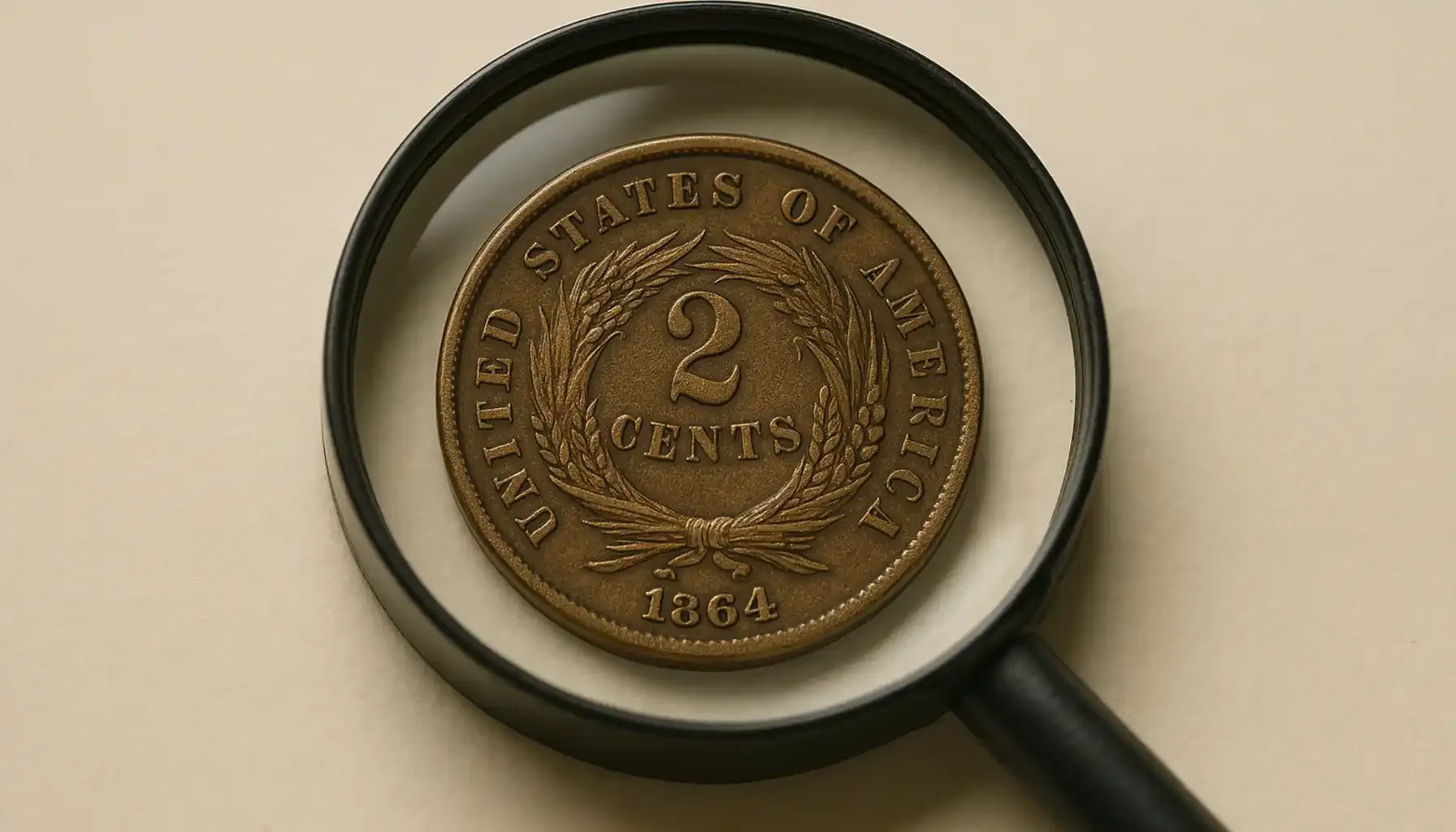
What If You Find a 2-Cent Coin With a Mintmark?
Check carefully—it may be an altered one! Since all genuine 2-cent pieces were struck in Philadelphia, any mintmark you see on one could be fake or added later.
No branch mints ever produced them. If you find an "S" (San Francisco) or "CC" (Carson City) on a 2-cent piece, it was likely altered by someone hoping to create a unique collectible.
Look for other signs of authenticity. If you suspect your 2-cent coin has been tampered with, you may want to consult a professional grading service like PCGS or NGC.
What About Patterns From Other Mints?
While no official 2-cent pieces were struck outside of Philadelphia, there are pattern ones—experimental designs—created during the early 1860s. Some of these patterns were struck in different metals or featured alternate designs, but they never saw circulation and are extremely rare.
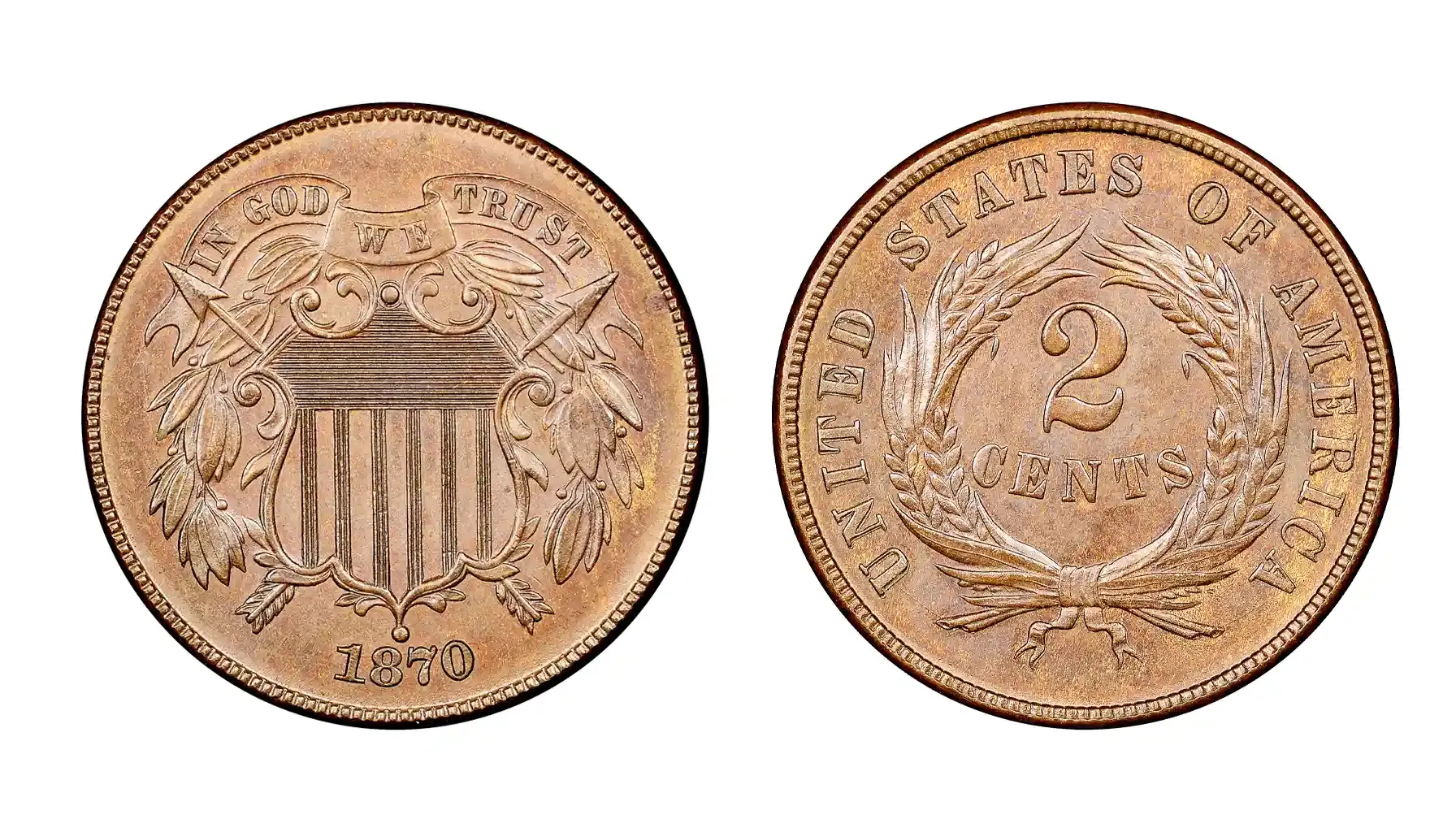
Key Dates, Varieties, Rare Mint Errors
Numismatists prize certain years and errors that make these ones more valuable. Now we are going to explore the most interesting varieties and errors found in the series.
But before, here is an article about 1 oz Silver Coin Value Today.
1. The 1864 2-Cent – Small vs. Large Motto
1864 introduced two distinct designs: "Small Motto" and "Large Motto". Is there any difference in the US 2 cent coin 1864 value sums?
The Small Motto variety is scarcer and more valuable.
The difference lies in the size of "IN GOD WE TRUST"—the Small Motto has thinner, more compact letters, while the Large Motto has bolder, more spaced-out text.
A rare 1864 2 cent coin value with Small Motto in MS-65 condition can be over $10,000!
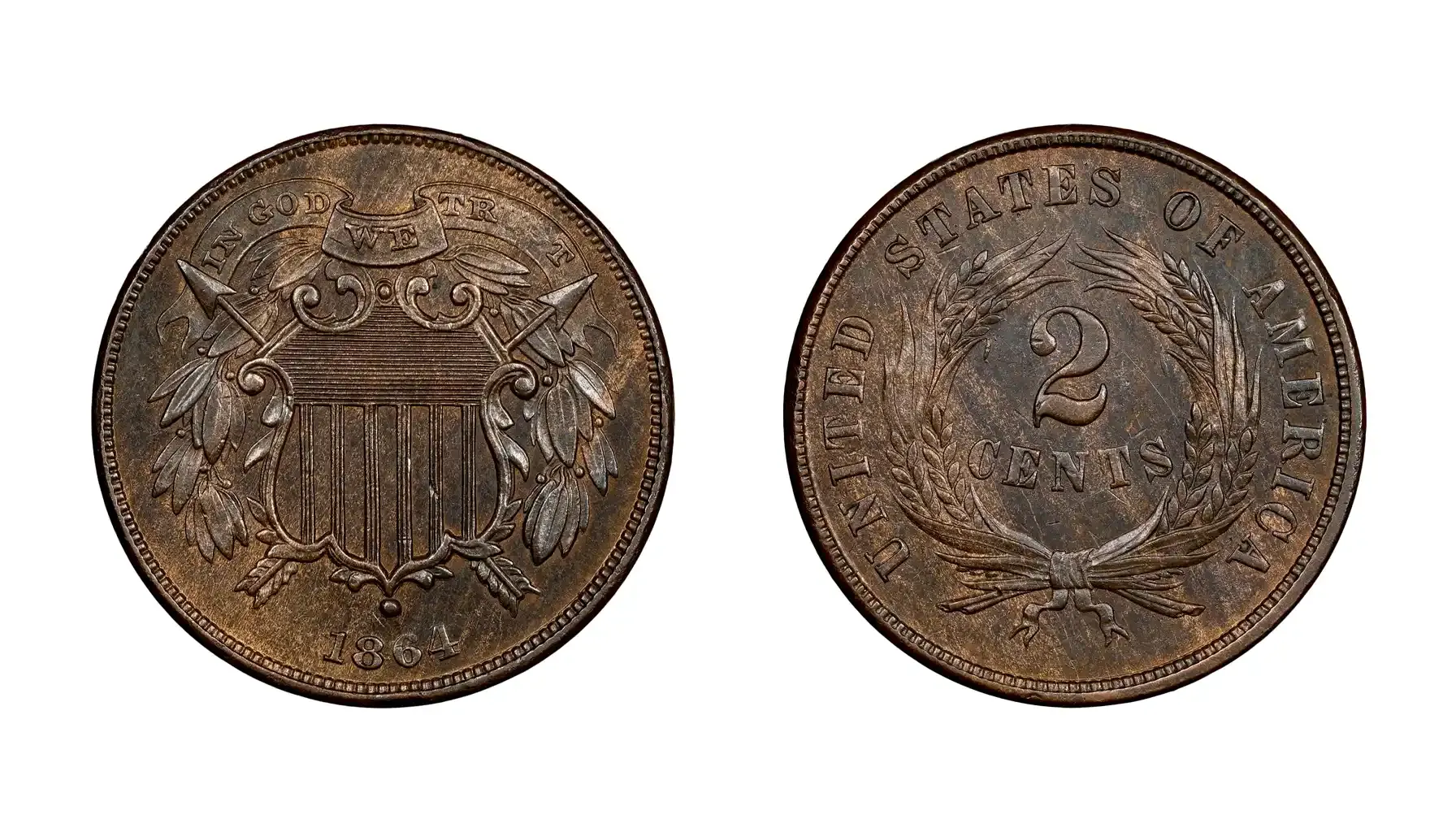
2. The 1865 2-Cent – Fancy vs. Plain 5
The 1865 2 cent coin varieties include:
Fancy 5 – Features a curvier, more elaborate "5" in the date.
Plain 5 – Has a simpler, more standard numeral "5".
Both are collectible, but the Fancy 5 variety commands higher 1865 2 cent coin value sums.
3. The 1867 2-Cent – The Doubled Die Obverse
This is a classic mint error where the letters and date appear doubled due to a misalignment during striking. Collectors love doubled die coins, and this one is especially rare.
If you find one in MS-65 condition, expect to see its 1867 2 cent coin value equal to $10,000 or more!
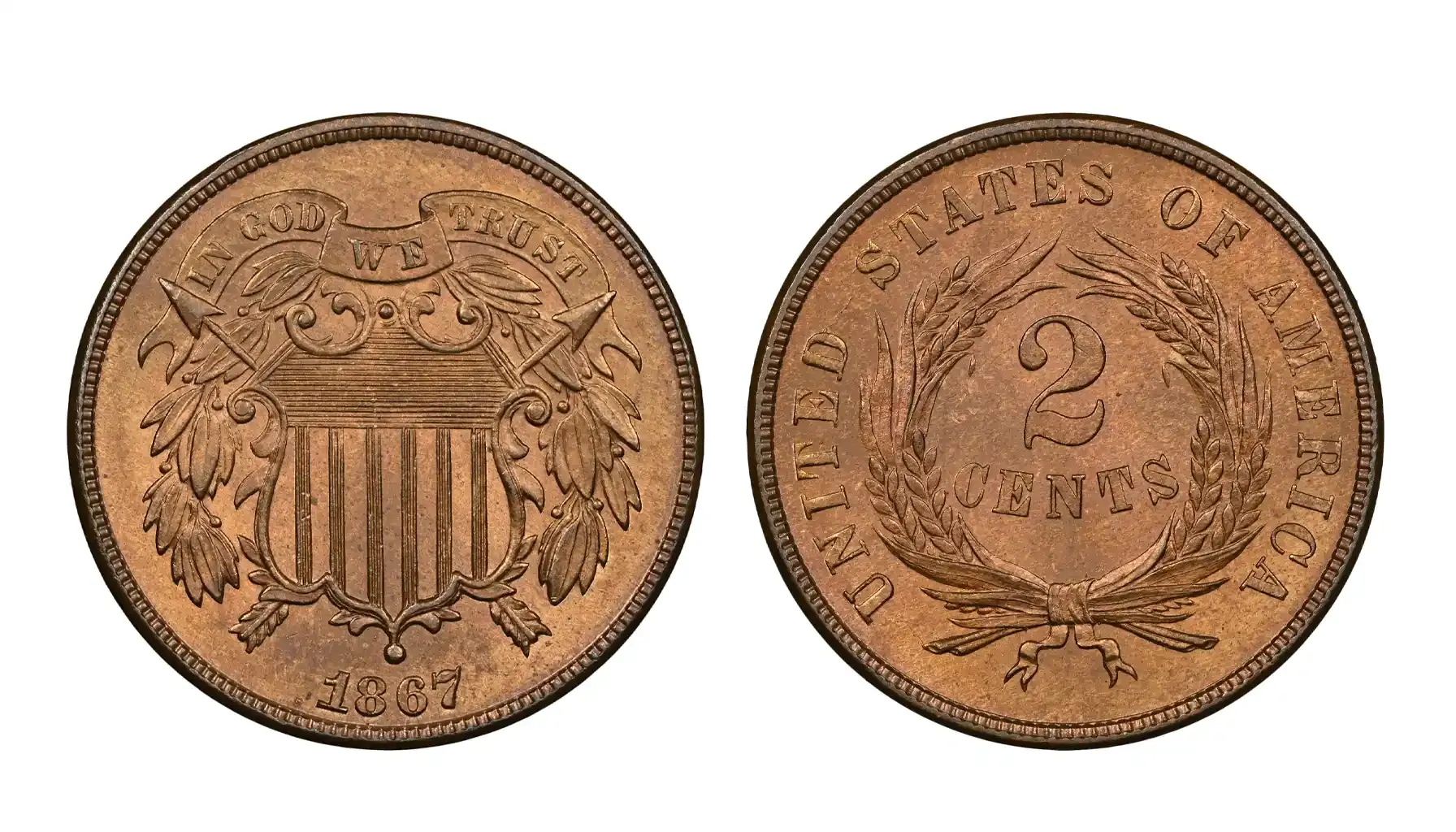
4. The 1872 2-Cent – The Rarest Circulated Date
By 1872, this one was being phased out. Only 65,000 were minted, making it the rarest non-proof issue in the series.
Prices start at $125 for well-worn specimens and can soar to over $4,000 in Mint State!
What Is the US 2 Cent Coin Value?
The table below provides approximate market values for U.S. 2 cent coins:
Year | G-4 | VF-20 | EF-40 | MS-60 | MS-65 |
1864 Large Motto | $20 | $25 | $50 | $110 | $625 |
1864 Small Motto | $140 | $240 | $350 | $875 | $3,275 |
1865 | $16 | $25 | $50 | $110 | $625 |
1866 2 cent coin value | $18 | $35 | $75 | $135 | $625 |
1867 Doubled Die | Rare | $2,500 | $6,000 | $10,000+ | $20,000+ |
1868 2 cent coin value | $12 | $35 | $87 | $140 | $875 |
1869 2 cent coin value | $15 | $40 | $85 | $150 | $825 |
1870 2 cent coin value | $20 | $50 | $144 | $262 | $925 |
1871 | $20 | $91 | $145 | $265 | $825 |
1872 | $125 | $225 | $325 | $475 | $1,500+ |
Disclaimer: The values fluctuate based on demand, auction trends and condition. Professional grading can significantly impact a total value.
Where to Sell or Buy
If you are looking to buy, sell or appraise a 2-cent piece, consider these options:
Online Auctions (eBay, Heritage Auctions, Stack's Bowers)
Local Coin Shops
Numismatic Shows and Conventions
Professional Grading Services (PCGS, NGC, ANACS)
Is It Worth Collecting?
Absolutely! It may have had a short-lived production, but it remains a favorite among history fans and numismatists.
There are many rare varieties, exciting mint errors and the first use of "IN GOD WE TRUST" facts. So, it is a great and rather useful addition to any collection.
Need help identifying your 2 cent coin? Try the Coin ID Scanner app—it’s a quick, easy and accurate way to assess your collection’s history and value!
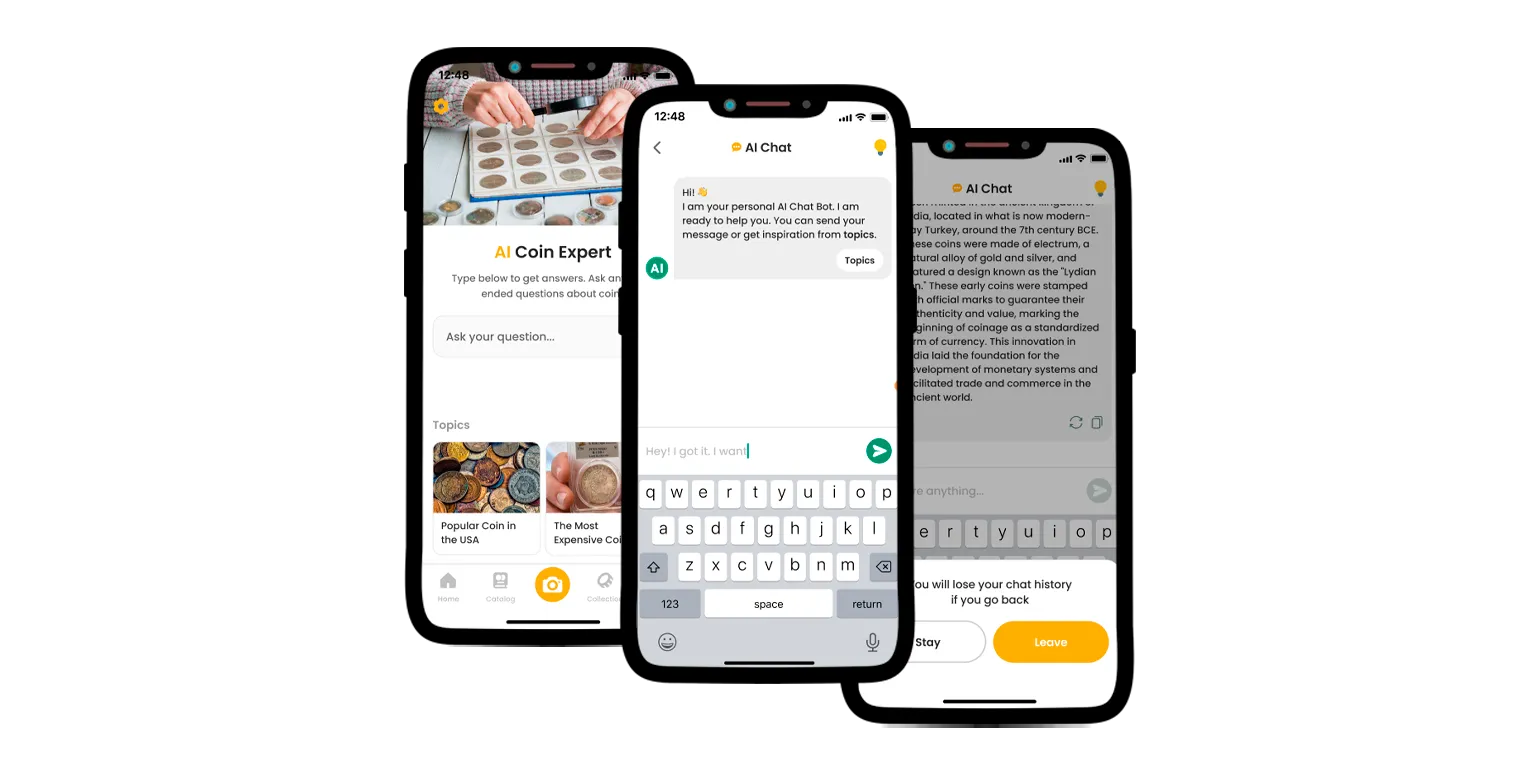
FAQs
1. Why was the piece discontinued?
It was discontinued in 1873 due to declining public use and the rise of the nickel. By the late 1860s, Americans preferred the 5-cent nickel over the 2-cent piece, making the latter unnecessary. Additionally, the Coinage Act of 1873 restructured U.S. coin production, eliminating certain denominations, including the 2-cent piece.
2. How can I tell if my 1864 2 cent is a Small Motto or Large Motto variety?
The key difference between the Small Motto and Large Motto varieties lies in the inscription "IN GOD WE TRUST" on the obverse.
Small Motto: The lettering is thinner, more compact, and closely spaced. The "D" in "GOD" is noticeably smaller.
Large Motto: The letters are bolder, taller, and more spread out, making the phrase easier to read.
Because the Small Motto is rarer, it commands significantly higher prices. If you are unsure which variety you have, consider using a magnifying glass or an identification app.
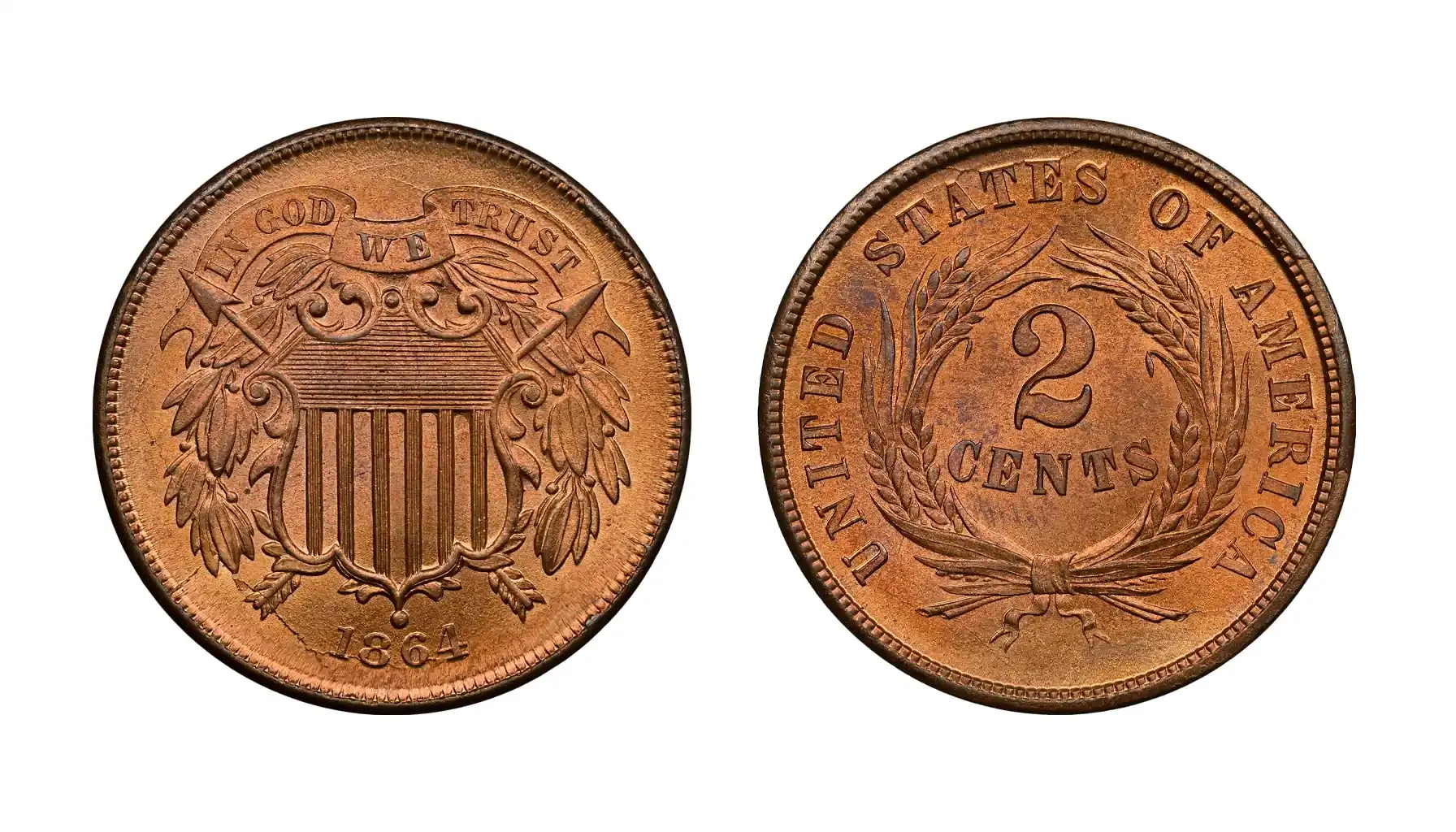
3. What is the rarest U.S. 2-cent coin?
The rarest regularly issued one is the 1872. With only 65,000 pieces struck, it is the lowest-mintage circulation issue of the series. Finding one in good condition is a challenge, and high-grade specimens can sell for thousands of dollars.
The rarest overall 2 cent is the 1873 Proof Open 3, which was only struck in small numbers before the denomination was officially discontinued. These are considered major numismatic rarities and are highly desirable by collectors.

